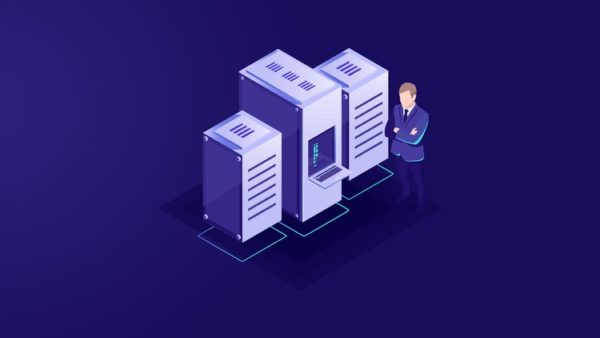When it comes to SQL Server DB administration, it is high time to reorganize your approach if you follow the same old ways. One needs to consider the SQL Server now as a basic database server and a comprehensive data center. You need to think of them as crucial business applications. With this goal in mind, to achieve the highest availability possible for your databases and the best business processes, one should ensure optimal SQL server administration practices.
However, when it comes to achieving exactly how you have to transform your SQL server administration processes and what steps to ensure high availability, many are blank about it. Here in this article, we will discuss some do’s and don’ts of SQL server administration to give the database administrators better insight into it.
Do’s and don’ts of SQL server administration
Do deploy some database management best practices like automated DB monitoring and managing. You need not have to rely on conventional manual procedures to fix your database errors by adopting this approach. With automation, we will further be able to predict your SQL server’s performance metrics easily, and automation will also help to increase the speed of processing and thereby reduce the time and cost involved in it.
Do select the tools which can fix your problems effectively. Rather than simply putting out the fires and then trying to set them off, you need to try and stop them at their core. This approach may be much faster than writing unique solutions, which may be indecipherable to another DBA involved in the administration of the server. This approach will make a unified way to handle resolutions of SQL Server database-related problems.
Do use tangible change management services or products. Adopting these will make sure that all your SQL servers are configured in the same manner. Say, for example, an NT administrator may change some of the server settings to optimize its availability. In this attempt, the admin may accidentally trigger a faulty recovery mode that may reboot the server to change its configuration.
Server DB administrators, on the other hand, may never know such a thing is happening. As a result of this, the DBA may never fix the configuration, and the server may ultimately become out of sync with others. With a change management product, you can further ensure that all existing servers are configured standardly.
In terms of database SQL Server administration nor any other relational and non-relational database administration, it is ideal to seek the assistance of expert third-party vendors offering remote services. If you are searching for a reliable provider to avail remote database administration services, RemoteDBA.com is an expert option to explore.
To implement and follow a standard roll-out process. On completing the same testing, make sure that the production center environment also matches the test environment. Ifthe change aspects are not the same as before the roll-out is completed, you have to change these aspects further to make sure it is complete.
Do get the right frame of mind. You need not have to focus on writing the quotes to resolve every problem at hand. If you take that approach, hundreds of things come across and need to write the codes for each. Instead, you have to focus on administering and implementing the management products that can effectively handle the problems independently.
Do focus on the high-level business needs than lingering around your technical aptitude. When it comes to the SQL server databases’ administration, brilliance is the prerequisite to do the job. You can use all the automation aspects and the standard rollout processes to take up these tasks well.
Do keep track of all the usage by the end-users. You may not be able to test all the end-user usages in a test environment.So, one must keep close tabs on the users after the deployment. You need to try and collect all your SQL server performance data at frequent intervals. This way, you will know when any changes in performance or any transistor changes in performance are noted. This information will also help you to do some predictive analysis for the future. There are many tools available for the same, which you will explore and choose based on your use case.
Do watch the SQL Server closely and also set all the alerts when the processes may slow down. On identifying any problem, you need to react as quickly as possible by responding to these alerts. It is possible now to automate all these monitoring and alert operations on your SQL server.
Do not implement anything which is not tested. It is noted that many of the problems occur as the administrators may not fully know what they are doing. Always do thorough testing of any change implementations and ensure that these rightly match the production environment to implement it for others.
Do not ever implement any Irreversible changes on the SQL server. If the DB is accidentally deleted or any row which contains a list of important data gets deleted, it may cause several hours of downtime when the DBAs are working to restore it. So be very careful about handling the server and setting up the access privileges to different users in terms of read-write and edit Excel.
Adopting these do’s and don’ts effectively will help you to transform your approach to SQL server administration. They can further lead you to more effective steps to ensure optimum availability and performance. It can help operations of all sizes and types. You need to implement it as per requirement and you can see the results. It will help streamline your work efficiently and without any hassles.
SQL Server management is an expert task for which you need the assistance of skilled and resourceful database administrators to take up this task. If you lacktechnical skills or internal expertise to do the same, think of getting external assistance through remote administration services or database consulting services for the same.


